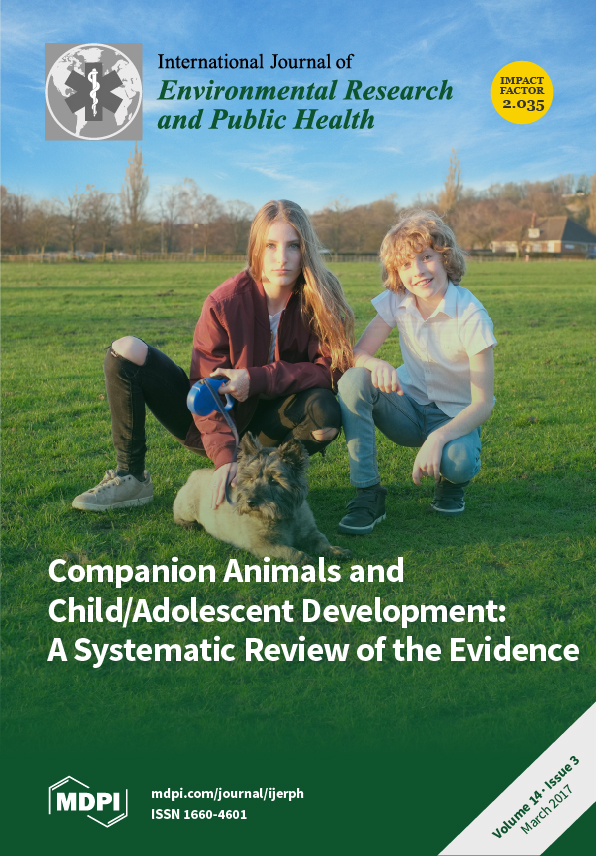Trace elements, including zinc (Zn) and germanium (Ge), are essential for health; deficiency or excess levels of trace elements results is harmful. As a result of industrial and agricultural production, Pb widely exists in people’s living environment. It is absorbed mainly through the respiratory and digestive tracts, producing systemic harm. Reference values for a normal, healthy population are necessary for health assessment, prevention and treatment of related diseases, and evaluation of occupational exposures. Reference ranges for the Chinese population have not been established. From March 2009 to February 2010; we collected data and blood samples (
n = 1302) from residents aged 6–60 years living in Shandong Province, China. We measured blood concentrations of Zn, Ge, and Pb using inductively coupled plasma mass spectrometry to determine reference ranges. Results were stratified by factors likely to affect the concentrations of these trace elements: sex, use of cosmetics or hair dye, age, alcohol intake, smoking habits, and consumption of fried food. The overall geometric mean (GM) concentrations (95% confidence interval) were 3.14 (3.08–3.20) mg/L for Zn, 19.9 (19.3–20.6) μg/L for Ge, and 24.1 (23.2–25.1) μg/L for Pb. Blood Zn concentrations were higher in women than in men (
p < 0.001), while the opposite was found for Pb (
p < 0.001) and sex did not influence Ge (
p = 0.095). Alcohol use was associated with higher blood concentrations of Zn (
p = 0.002), Ge (
p = 0.002), and Pb (
p = 0.001). The GM concentration of Zn was highest in 20–30-year-olds (
p < 0.001), while Pb concentrations were highest in 12–16-year-olds (
p < 0.001). Use of hair dye was associated with lower blood concentrations of Ge (
p < 0.05). GM blood concentrations of Pb differed significantly between those who consumed fried foods 1–2 times/month (18.7 μg/L), 1–2 times/week (20.9 μg/L), and every day (28.5 μg/L;
p < 0.001). Blood Pb concentrations were higher in subjects who used cosmetics (
p < 0.05), hair dye (
p < 0.05), and who smoked cigarettes (
p < 0.001) than in those who did not.
Full article





